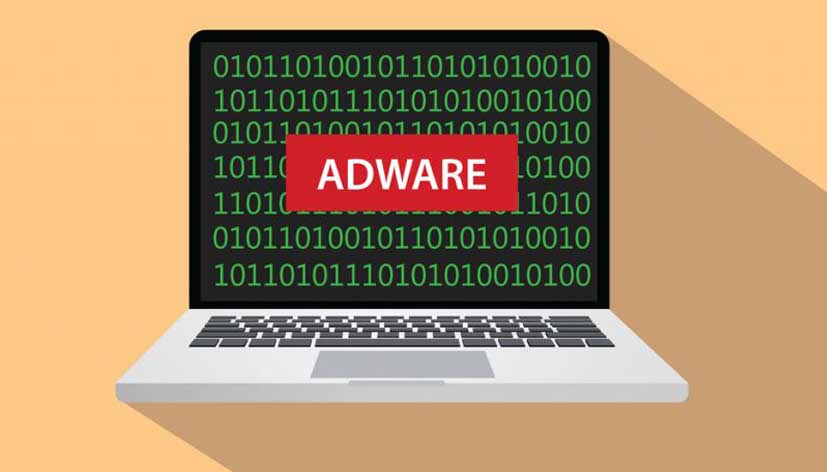
Odds are you have experienced an onslaught of unsolicited ads while browsing. Imagine, you fired up your browser as you usually do, but instead of behaving as expected, you noticed an unusual ad displays on your screen, then you notice the browser is freezing, and when you persistently hit the keyboard, you are redirected to an entirely new site.
According to a new report, 72% of mobile malware is adware – a piece of a program, users unknowingly install on their device when they download freeware online.
Table of Contents
How Does Adware Work?
Adware is a software that hijacks users’ devices in order to spam them with unwanted ads. Typical adware only operates within a web browser. Its mode of operation means; you can safely use the infected device for other tasks without experiencing the frustrating ad pop-ups.
Most adware is designed in such a way as to go undetected by your antivirus. And, unsuspecting users can install the malware on their device when they visit unsecured sites or download another program.
Is Adware Harmful?
Generally speaking, adware is not harmful to you or your device. However, since you did not authorize the installation plus the spammy ads, it throws up when you use the browser on your device, make adware bad and invasive.
Adware collects data about your browsing behavior so that customized ads can be shown to you. It is also a way most free apps make money.
Developers often include adware in their program, which shows ads to free users to generate revenue. The malware is removed or made redundant when you upgrade to a paid version. Some programs malfunction or stops working entirely when you try to remove the adware.
How Do You Get Adware?
While adware is necessary, not harmful in the same way as a hack or phishing or ransomware, it still makes users experience crappy and, of course, can cause more lost productivity.
It makes sense if you want to learn what possible ways one can get infected with adware.
Adware can get into your device through:
Freeware or Shareware
Freeware is a program you download without paying. However, since developers must somehow generate revenue to keep supporting the software, they often include adware that piggy tails on their app to get installed on users’ devices.
These types of adware are legitimate and often harmless. To get rid of the ads, you have to upgrade to a premium version.
Infected Sites
Another way adware gets installed on your device is by visiting infected websites. These types of adware are much more malicious. And, are usually embedded into your browser using hacker methods.
You don’t necessarily have to install any program to get infected; an innocuous visit to an infected site will trigger the malware to exploit a vulnerability in your browser, which then delivers stealthily installs the program on your browser.
How Do You Protect Your Device Against Adware?
Here are some tips to help prevent adware attacks:
- Install apps from official apps store – Apps stores like Google usually have strict security requirements for app and disclosure policy that forces developers to inform users about in-app ads in their programs. Or you can download directly from the app’s official site as a precaution.
- Check user reviews before installing any app. Feedback from users can help you decide whether an app is fake or not.
- Read through the permissions an app is requesting. If an app asks for permissions, it doesn’t need to function, that could be a big red flag.
- As best antivirus site explains, configuring your firewall is the fastest way to block these ads from being a nuisance.
- Finally, use antivirus programs to protect and detect adware.
How Do You Remove Adware?
OK, if your device gets infected with adware for whatever reason, here’s how you can get rid of the malware.
- Scan your device with a utility program that detects PUPs and remove adware. When the program detects adware, it isolates it and notifies you so you can decide whether to delete it.
- Check your installed programs and see if you can uninstall software you don’t recognize. However, be sure to back up your files as a precaution.





More Stories
Download Naruto Senki Mod APK Latest Version for Unlimited Skill and Money
Viper Play Net Soccer Apk and 7 Best Similar Alternatives to Watch Football League Matches
Best mobile number tracker with google map